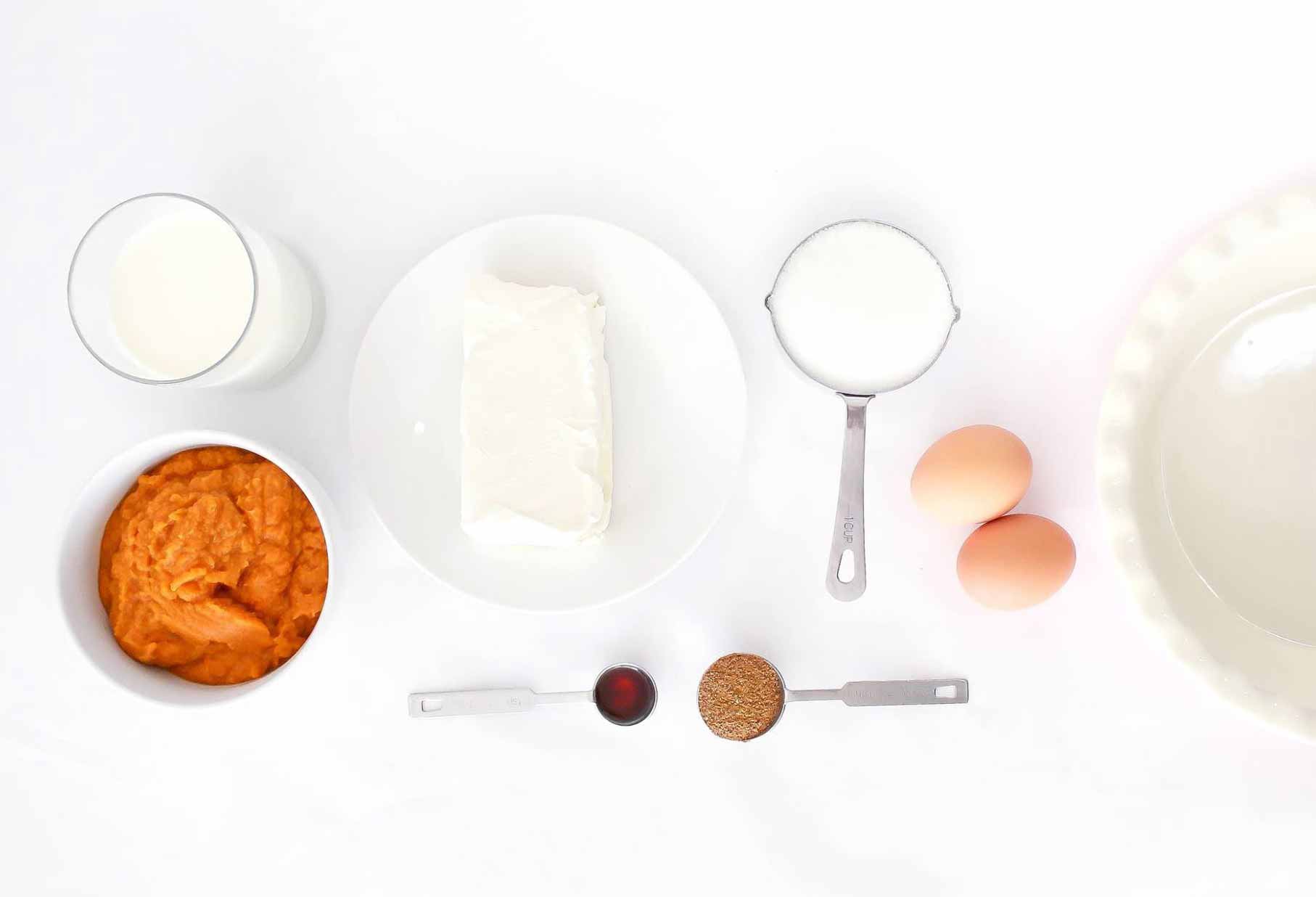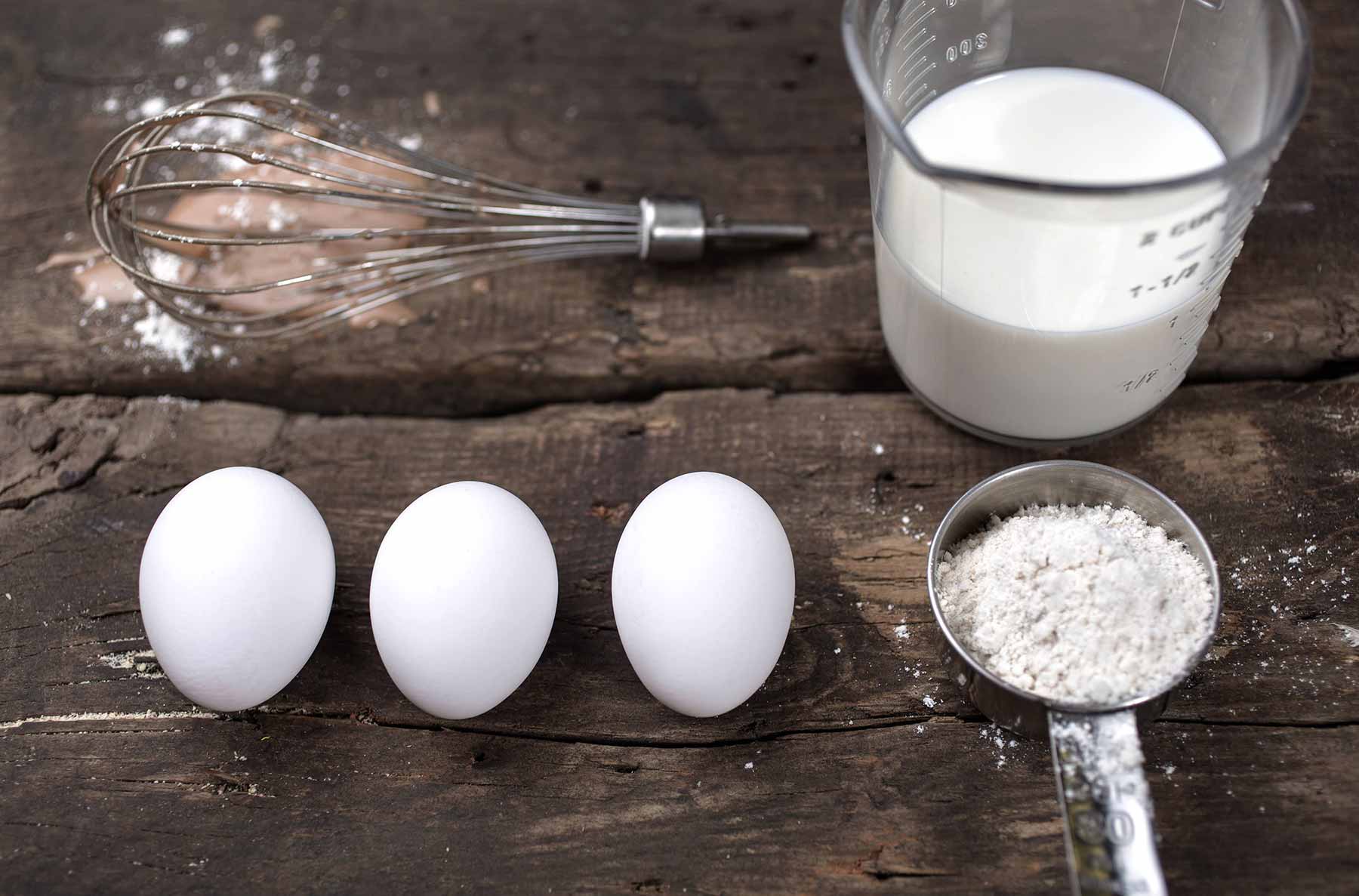Knowing how to bring ingredients to room temperature might just be the easiest thing you can learn to level up your cooking skills. If you’ve ever run into problems while making batter for cake, meringues, cookies or sauces, chances are you’re working with ingredients at the wrong temperature.
Really, it’s more of a big deal than you think. But what is the right temperature for the most common ingredients? What does room temperature mean? Here are all your questions answered. How to bring ingredients to room temperature is easy if you know what you’re doing.
Why Room Temperature Ingredients Matter When Cooking?
Experts say baking is the mathematics of the cooking world, and they’re right. Measuring the ingredients correctly is the difference between a fluffy cake and a flat one, and that goes for everything. If you want crispy but gooey cookies, airy cream pies, thick chocolate cakes or bouncy burger buns, you need to measure your ingredients.
Measuring is a determining factor in baking, but not the only one. The temperature of the ingredients matters too. Eggs, milk and butter, amongst other baking staples, need the right temperature to perform. Otherwise, doughs won’t rise, butter won’t cream, and cakes will end up lumpy.

Food Safety, How Long Should You Leave Food at Room Temperature?
Here’s the thing with leaving food sit on the counter to get to room temperature. For starters, it takes hours! A cup of cold milk can literally take up to forty minutes to reach the desired room temperature, and the same goes for eggs. Then you have butter. Let it sit for too long, and you’ll end up with a buttery puddle.
Of course, we all live in different places, and our homes are different, so what is room temperature? More often than not, room temperature in the baking world means 70° Fahrenheit (21°Celsius). If your kitchen is warmer than that, adjust the recipes and warming times to your home, and the same goes for colder kitchens. If you bake often, have a room thermometer somewhere in the kitchen, some look really nice, and it will give you an idea of what you’re working with.
Talking about food safety, bacteria multiply every half an hour at room temperature, so you can’t just let food sit all morning; it can make you sick! Here’s when the following methods come in. Whether you’re in a hurry and need room temperature ingredients fast, or you want to reduce the risk of food-borne illnesses, you’ll find the following tips helpful!
Do Eggs Need to Be Refrigerated?
Storing eggs is more complicated than you think, and it’s because not all eggs are the same; different countries have their own rules for eggs. Why? Because of salmonella.
In the United States, egg producers wash eggs frantically with soap and hot water before sending them to the stores. This certainly eliminates the risk of getting salmonella, but it also eliminates the eggs’ natural protective layer or cuticle, which makes it stable at room temperature and resistant to bacteria.
It comes without saying almost no other country treats eggs like this, so if you live in the States, store eggs in the fridge, anywhere else, just store them in an egg basket on the counter for up to two weeks.
As for today’s topic, if you need to store eggs in the fridge, now you must bring them up to room temperature before using them in any baking recipe.

How to Bring Eggs to Room Temperature
Most, if not all, baking recipes call for room temperature eggs, and you can leave them on the counter for up to an hour to warm up, or place them in a bowl of warm water for around ten minutes. That, of course, if they’re still in their shell.
If you already cracked the eggs or are working egg whites, pour them in a small bowl, and place the bowl in a larger bowl or container with some warm water bain-marie style.
Does Dairy Need to Be Refrigerated?
Not all dairy products are created equal. Today most milk is pasteurized and comes in a carton. You can store it at room temperature with no problem. Heavy cream can come in a box as well, and you can also keep it in the pantry. Yogurt, though, is a living thing, at least high-quality yogurt is, so you want to store it in the fridge.
When in doubt, read the notes on the package. Once opened, though, whether it’s milk, cream, buttermilk or yogurt, you must store it in the fridge, and not in the door, but in a shelf and all the way in the back, where it’s nice and chilly.
How to Bring Dairy to Room Temperature.
For dairy, we must talk about every item individually; you don’t bring cheese to room temperature with the same techniques you use for milk or butter. Here’s all you need to know about bringing dairy to room temperature, so the next time a recipe calls for room temperature milk or softened butter, you’ll know what to do!
Butter
Thousands of baking recipes start with creaming butter with sugar — that’s the base for cookies and many other sweet treats. To bring butter to room temperature, your safest bet is to use the microwave. Really! Unless you have one hour to spare, leave it on the counter (Pro tip: Leave it near the stove if you’re cooking, the indirect heat will speed things up).
To soften butter in the microwave, dice it first, and place it in a bowl. Then nook it with 3-5-second intervals until it’s nice and soft.
Buttermilk
To bring buttermilk to room temperature, you can also use the microwave. Since there’s lesser risk than microwaving butter, you can heat it at low intensity for more extended periods; ten-second pulses work best.
Whisk the buttercream between pulses to warm it up evenly. Whisking will also prevent the buttercream from separating. For a traditional method, heat it in a double boiler or bain-marie.
Cream
To bring cream, heavy cream and other types of cream to room temperature, follow the instructions for buttermilk. Warm it up with 10-second intervals in a microwave-safe bowl and stir between pulses. There’s no risk of cream separating, so this one is easy. Again, a double broiler or just leaving it on the counter for a while are the old-fashioned methods if you’re into that.
Milk
If you drink pasteurized milk, and most of us do, chances are there’s no need for bringing milk to room temperature since you can store it in the pantry. Still, if you pulled it out of the fridge, then you’ll need to microwave it in 10-second intervals.
Make sure you only warm up the amount of milk needed; the smaller the amount, the faster it will be ready.
Cheese
Although you need not bring cheese at room temperature most of the time, if you’re just dicing it and serving it to your friends, you want to warm it up a little — it just tastes better.
Sadly, we can’t use the microwave for this one unless you need melted cheese, and you probably don’t. Cover the cheese with plastic film and a towel soaked in warm water. That will warm it up nicely without melting it. This should take just a few seconds; you don’t want any condensation forming in the cheese.
Sour Cream
Sour cream comes in full fat, light and nonfat versions, and they all need a different treatment, mainly because the tangy dairy tends to curdle! For sour cream, you’re better off heating it in the microwave in ten-second intervals like most items described above.
Still, before adding it to warmer ingredients, for example, when adding it to a hot tortilla soup, temper it by adding a splash of soup to the cream before pouring the whole thing in. That will prevent curdling.
Yogurt
Yogurt doesn’t like to be nooked in the microwave at all, and although it’s still an alternative, you might want to bring yogurt to room temperature the old-fashioned way, close to your oven’s vents or stovetop to speed up the process.
Keep in mind after two hours sitting at room temperature, you should discard the yogurt, as it goes bad insanely fast! If it smells funky, throw it away.
Plan Your Meals Ahead!
Of course, knowing how to bring your baking stapes to room temperature fast is a great ace to have up your sleeve. Still, you’re not only losing your rhythm and rushing things, but you’re also using too many extra bowls and containers. That means making a mess.
Plan your baking projects and meals and take your time — let your ingredients reach the right temperature naturally — there’s no better way. Baking is all about patience, so enjoy yourself. Put on some music, pour yourself a glass of wine and let that butter soften at its own pace! Now, if you’re in a hurry, at least you know what to do!



